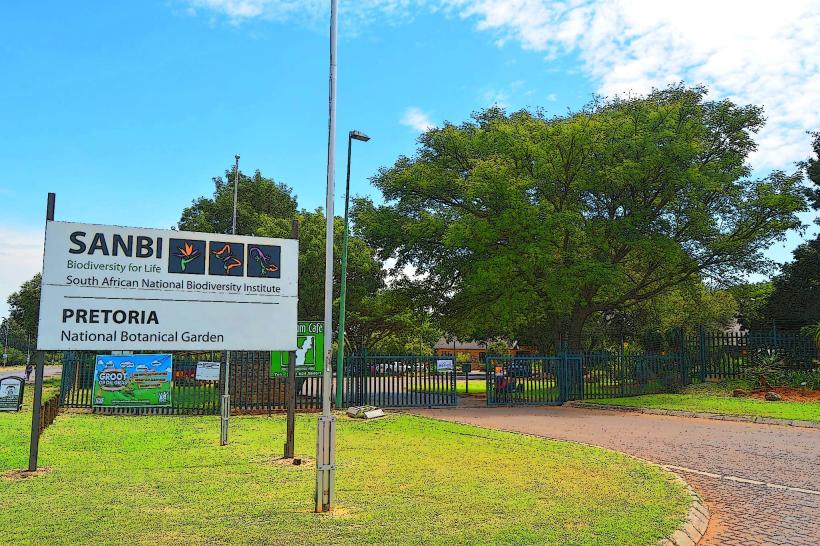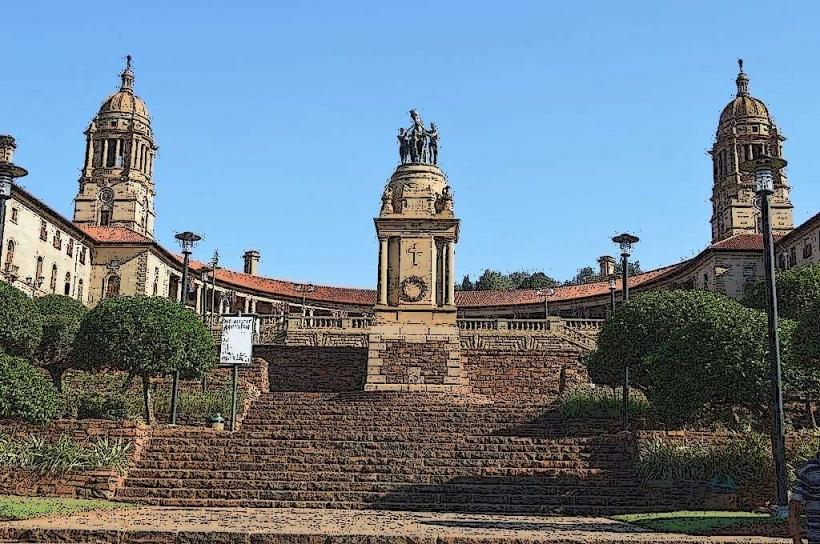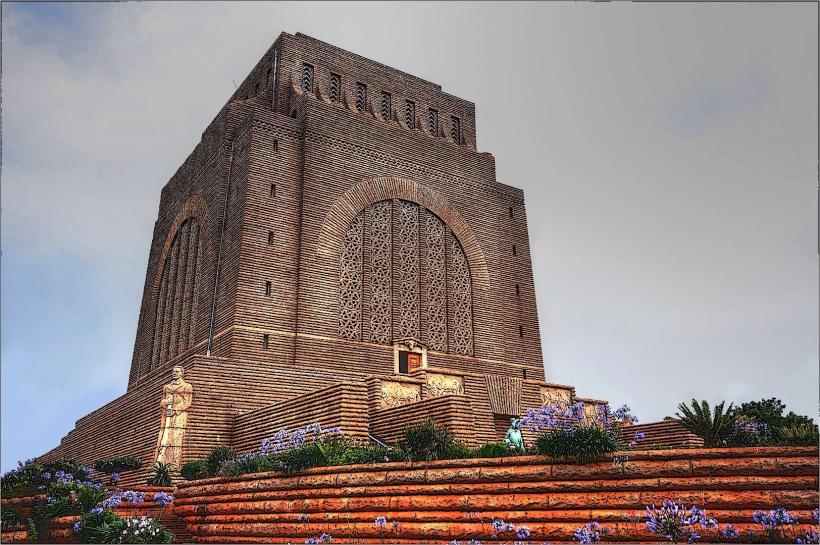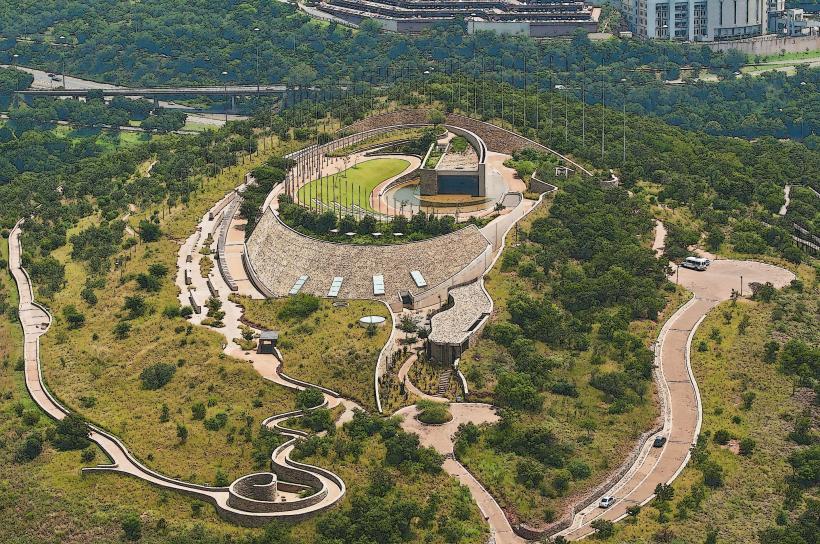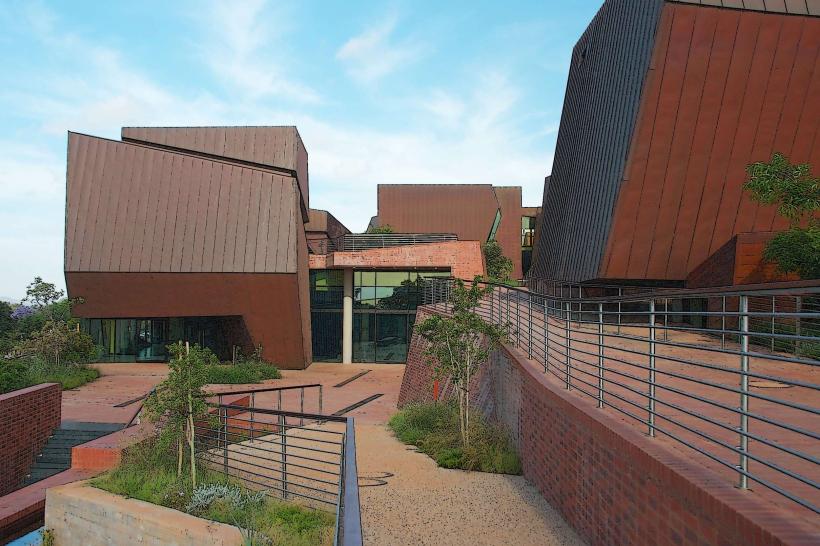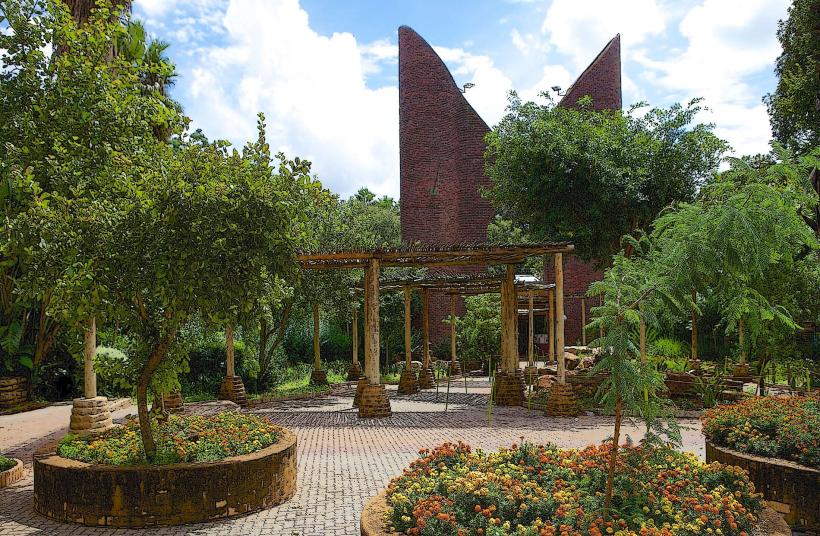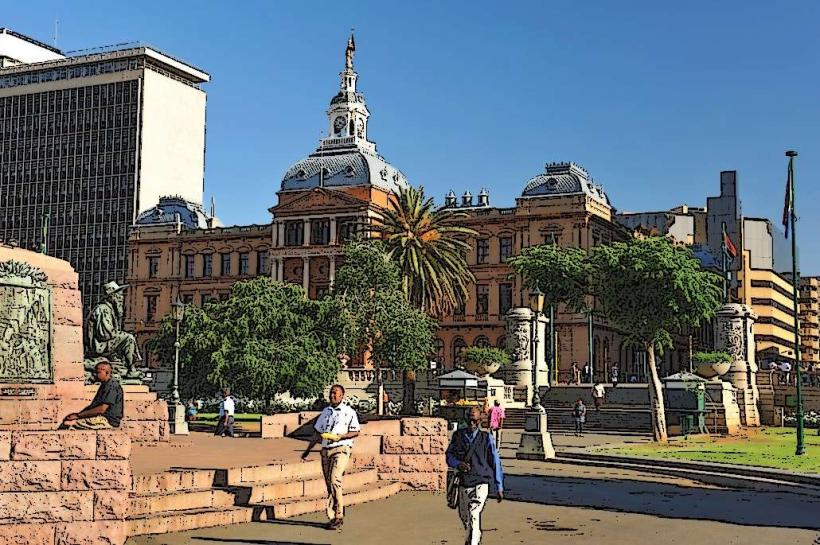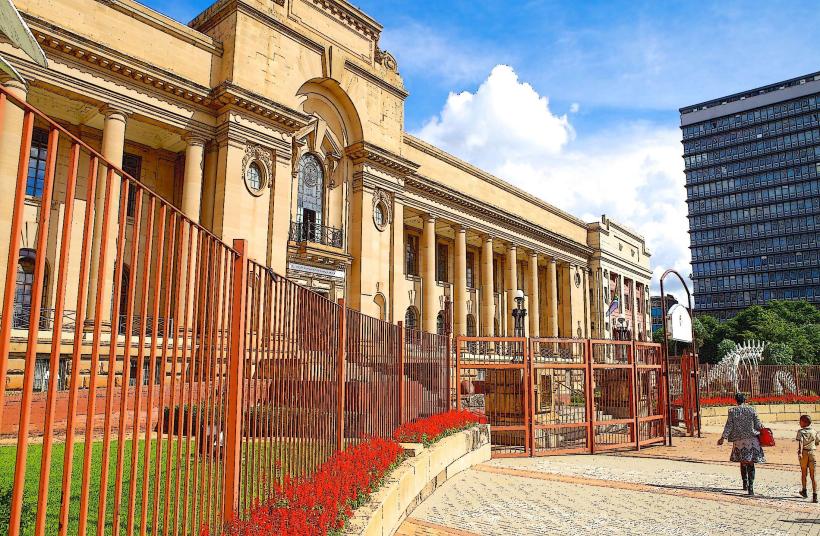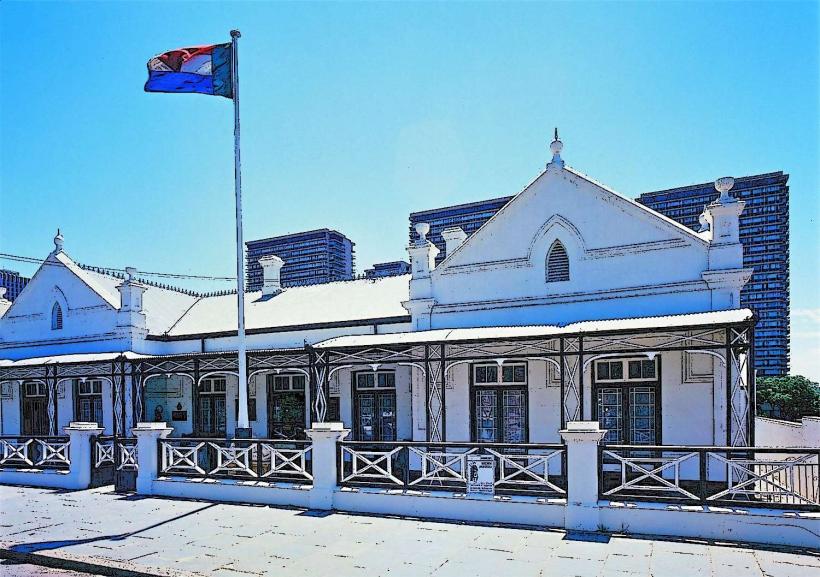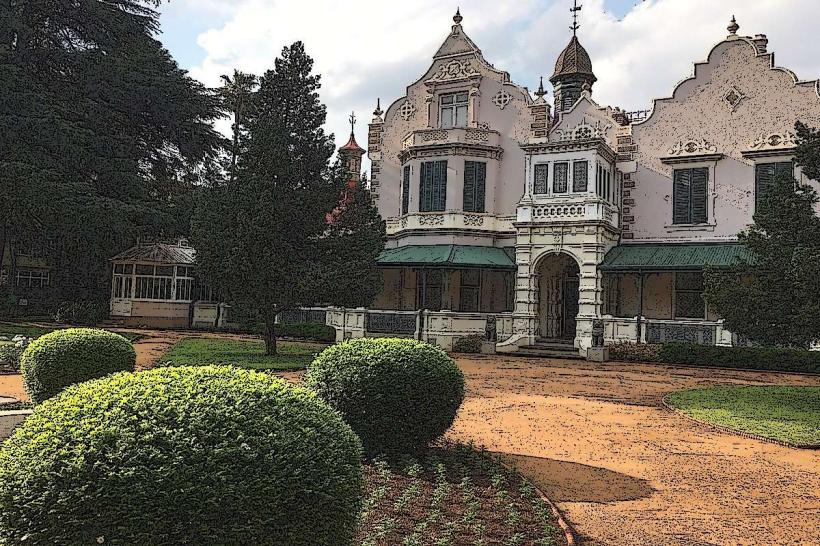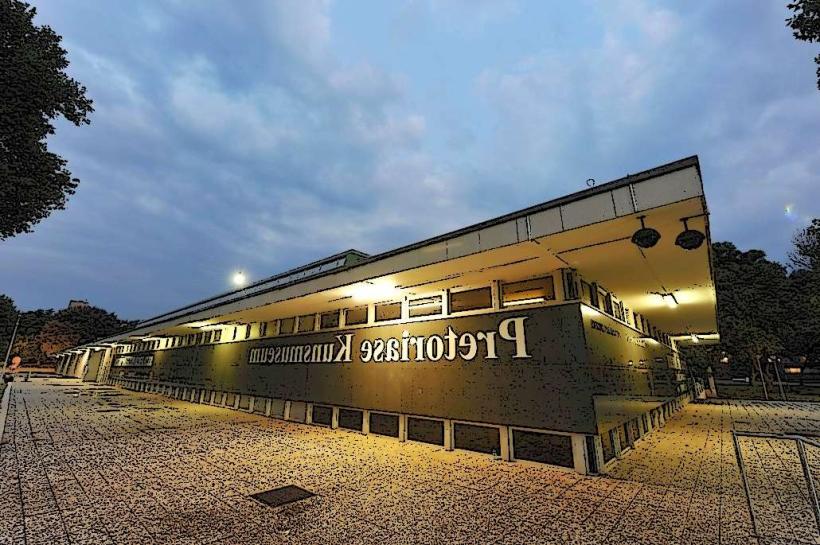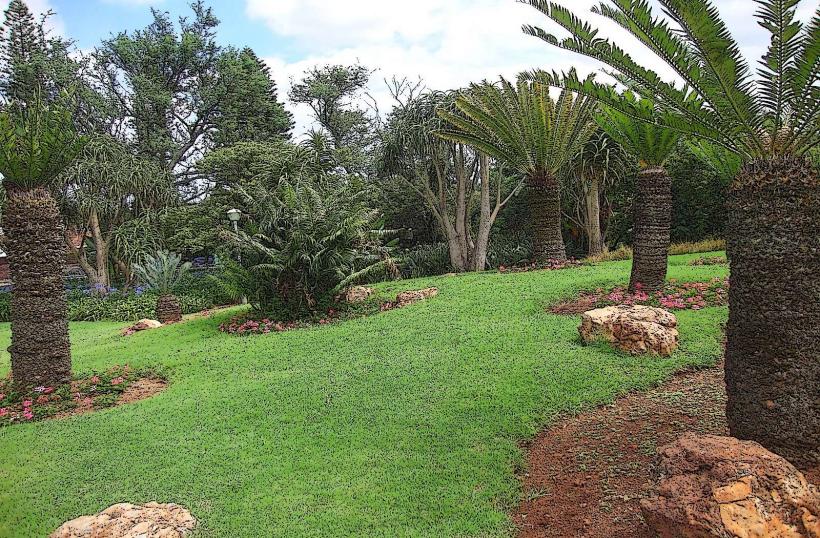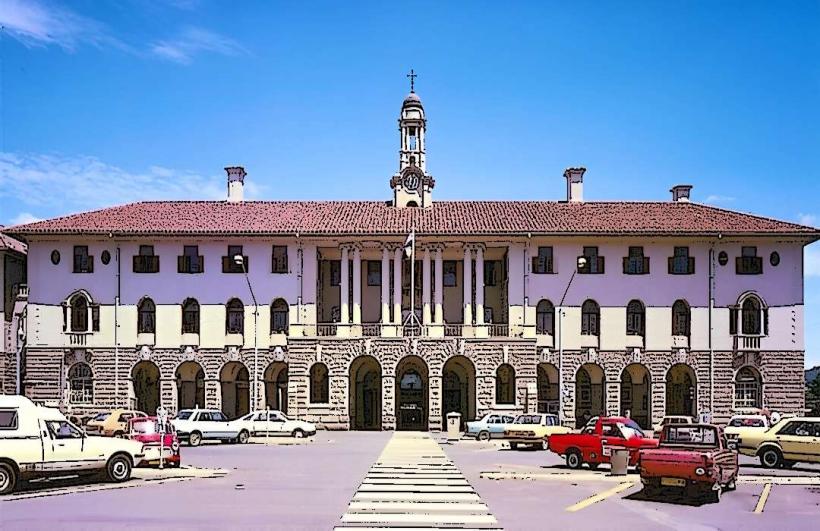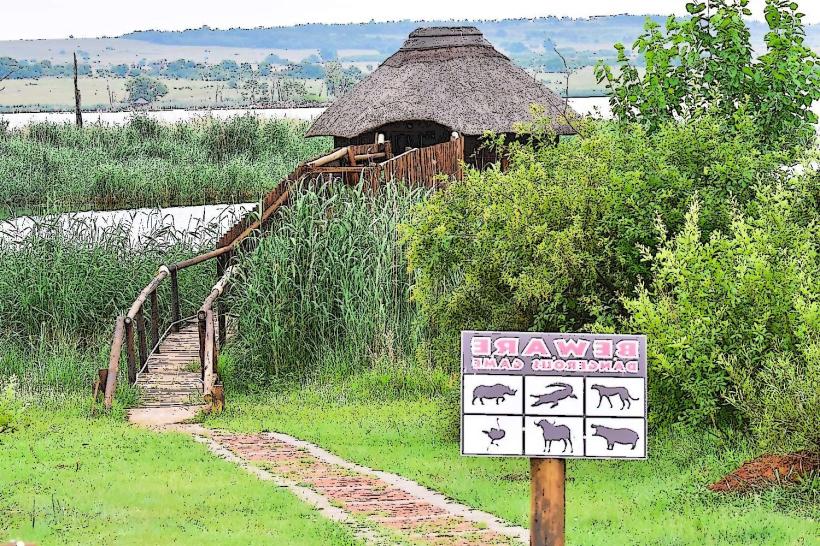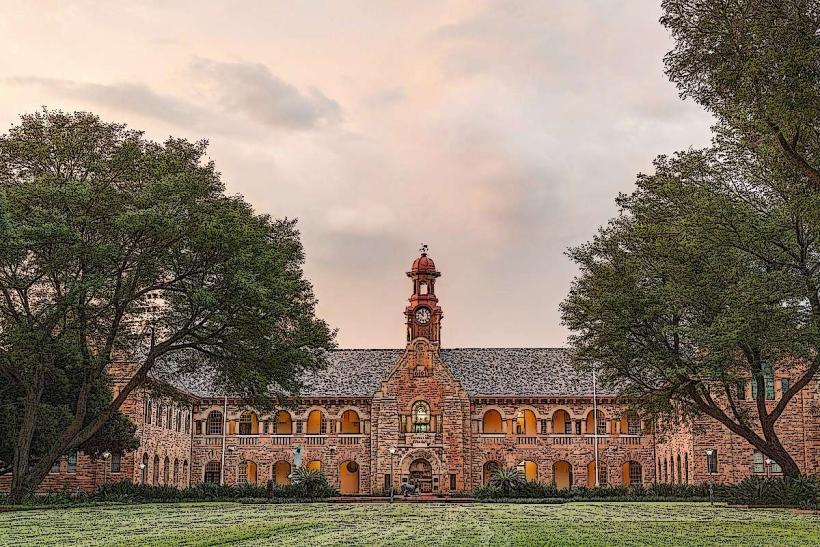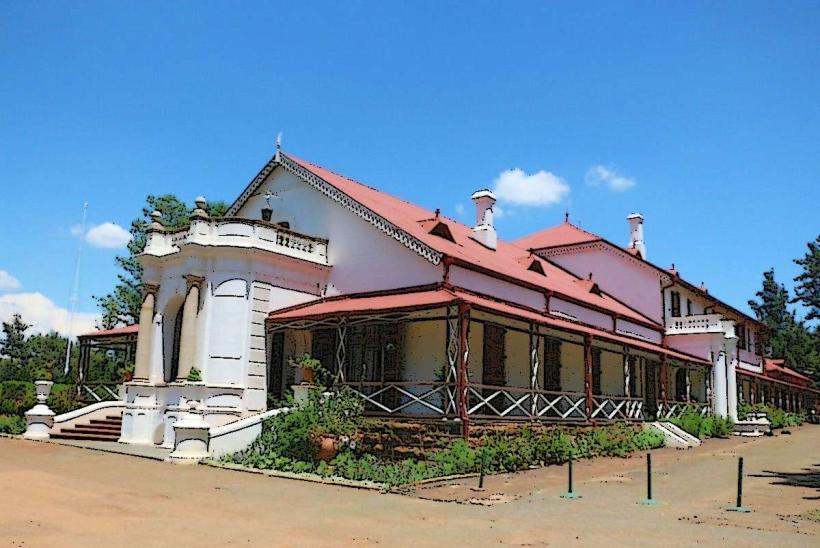Information
Landmark: Austin Roberts Bird SanctuaryCity: Pretoria
Country: South Africa
Continent: Africa
Austin Roberts Bird Sanctuary, Pretoria, South Africa, Africa
Overview
In Pretoria’s leafy Nieuw Muckleneuk suburb, the Austin Roberts Bird Sanctuary offers a compact yet vital patch of protected wetland, where the air hums with bird calls, besides it’s named for Dr.Mind you, Austin Roberts (1883–1948), the celebrated South African ornithologist who wrote the well-known field guide *Roberts’ Birds of Southern Africa*, still spotted on dusty shelves in birders’ homes today, meanwhile the sanctuary protects wetland and grassland birds, from herons wading in the shallows to larks flitting over tall grass, and gives birdwatchers and nature lovers a peaceful getaway right inside the city.It sits a few kilometers from Pretoria’s city center, nestled between Muckleneuk’s leafy streets and the quiet avenues of Brooklyn, moreover it spans just 11.8 hectares-compact enough to wander across in minutes-but its wetlands hum with life.The sanctuary sits within the Walkerspruit Open Space System, a stretch of greenbelt that winds past Magnolia Dell Park and other pockets of untouched trees and grass, therefore the sanctuary’s landscape shifts from quiet wetlands to open grasslands, then on to shady acacia woodlands where the air smells faintly of dry leaves.They create secure havens for birds, miniature mammals, and reptiles, from a wren’s hidden nest to a lizard basking on warm stone, moreover wetlands matter a great deal-they shelter herons and other water birds, and their reeds quietly strain silt from the water, not entirely At the Austin Roberts Bird Sanctuary, more than 170 bird species have been recorded, from glowing kingfishers to shy herons, making it one of Pretoria’s top spots for urban birdwatching, on top of that number one.Blue Crane - South Africa’s national bird - sometimes drifts through the reserve, its pale feathers catching the light, equally important grey Crowned Crane – a dazzling bird that leaps and bows in graceful arcs during its intricate courtship dance.The African Spoonbill is easy to spot with its long, flat bill that flares at the tip like a pale wooden spoon, alternatively the pied kingfisher often hovers over the water, wings beating speedy, before plunging straight down to snatch a fish.The African Jacana uses its long, slender toes to step lightly across lily pads, as if it’s walking on water, not only that you’ll find all kinds of ducks and geese here, from the striking Egyptian Goose to the cheerful White-faced Whistling Duck.Believe it or not, Number two, to boot you might spot minute mammals in the sanctuary, from quick-footed mongooses to prickly hedgehogs and sleek otters gliding through the water.Lizards and terrapins, along with other reptiles, make their home in the wetlands, basking on warm, sunlit banks, what’s more the sanctuary’s lush plants shelter buzzing insects and sparkling-winged butterflies, each adding to the richness of its ecosystem.Things to detect and Do - from quiet garden paths to a bustling street market, after that the sanctuary ranks among Pretoria’s best spots for birdwatching, with quiet hides where you can watch a heron glide over the still water.You’ll spot the most bird activity early in the morning or late in the afternoon, when wings flash past and the air hums with their calls, not only that number two.Tucked inside the sanctuary, the Blue Crane Restaurant invites you to step onto its deck and watch the wetlands shimmer in the afternoon light, in addition you can sip a warm coffee or share a meal as glowing wings dart through the trees outside.Three, equally important the sanctuary’s a fantastic spot for wildlife shots, especially if you’re trying to catch a heron lifting off at dawn.Number four, as well as shaded walking paths wind through the sanctuary, letting visitors wander and take their time.Tucked away from the city’s rush, it offers a quiet escape where you can breathe deeply and let your mind settle, then visitor Information – Open most days from sunrise to sunset.It’s usually free to get in, but they’re pleased to accept donations to help with conservation-every coin dropped into the timeworn tin box makes a difference, not only that the location’s easy to reach from Dey Street in Nieuw Muckleneuk, Pretoria-just a short turn past the tall jacaranda trees, occasionally The best time to visit is between September and March, when spring and summer bring flocks of migratory birds and the wetlands buzz with life, then the City of Tshwane runs the sanctuary together with local birding and conservation groups, keeping its grass trails and quiet wetlands protected, loosely Truthfully, It’s a pocket of wild green in the city, sheltering herons and frogs, while giving visitors a chance to learn firsthand about protecting wetlands, simultaneously pollution, shrinking habitats, and expanding cities threaten the area, yet people are working hard to protect it so children can one day hear the same birdsong in its trees, sort of So, why should you visit the Austin Roberts Bird Sanctuary, also it’s one of Pretoria’s top places to spot city birds, where glossy starlings flash blue in the morning sun.If I’m being honest, It’s free to enter, and you can wander right in without a hitch, subsequently a quiet, scenic spot where you can stretch out in the grass and just breathe, for the most part Here’s your chance to spot rare, striking birds as they flit through the quiet shade of the trees, along with tucked away in Pretoria’s heart, the Austin Roberts Bird Sanctuary offers calm paths, rustling trees, and flashes of vibrant birdlife you’d never expect in the middle of the city.
Author: Tourist Landmarks
Date: 2025-09-20

